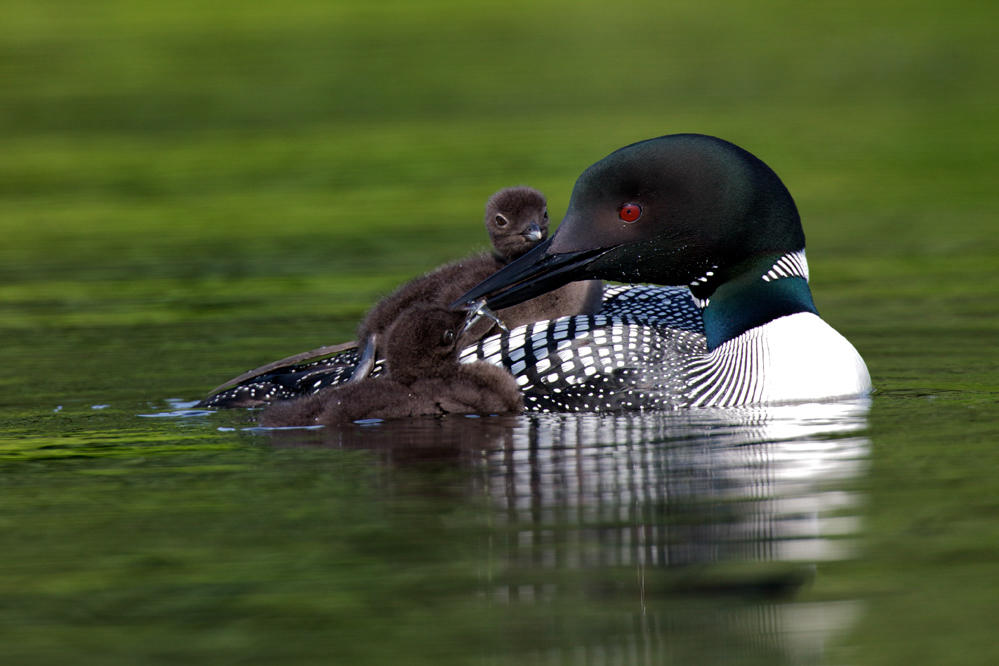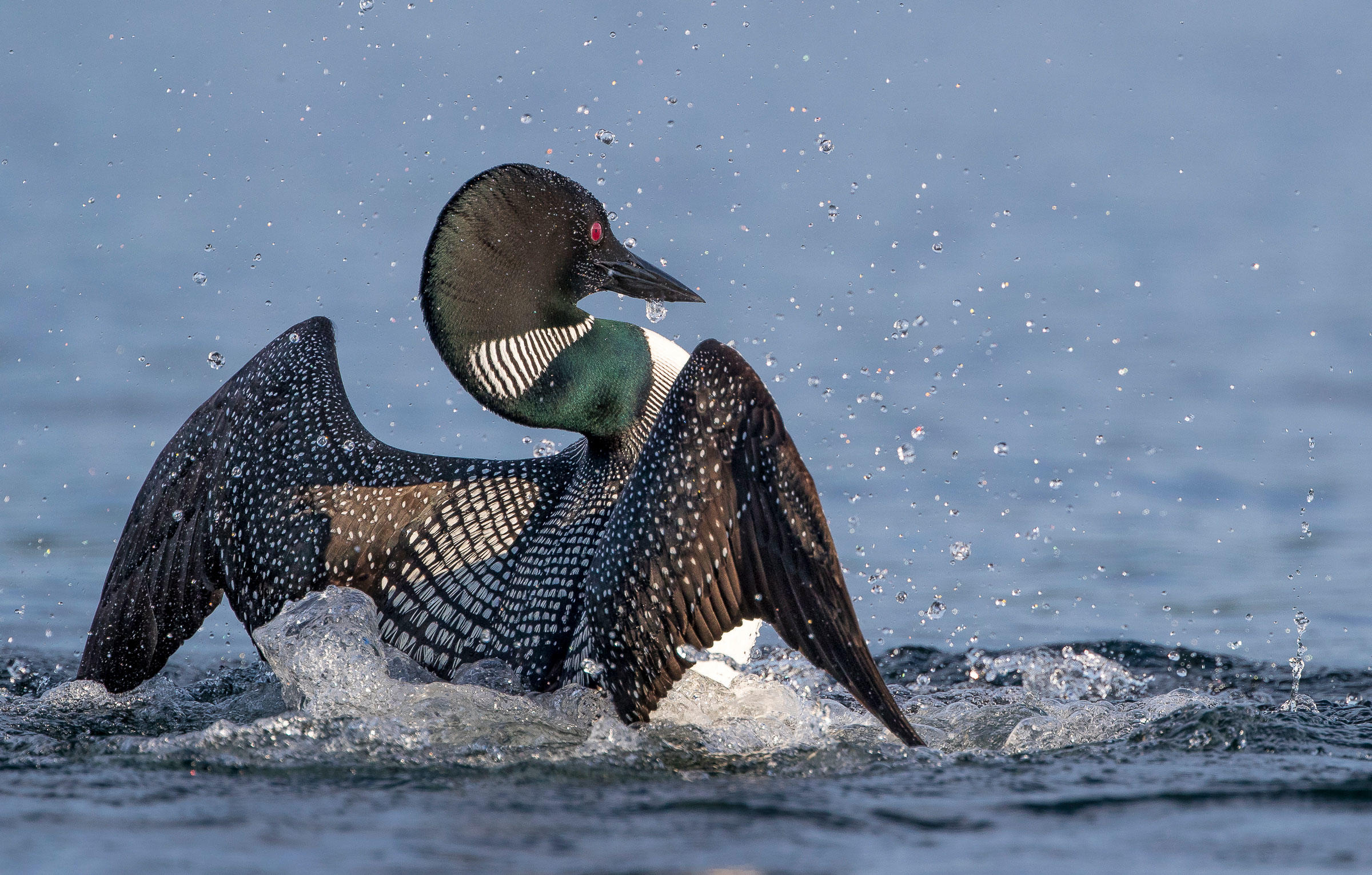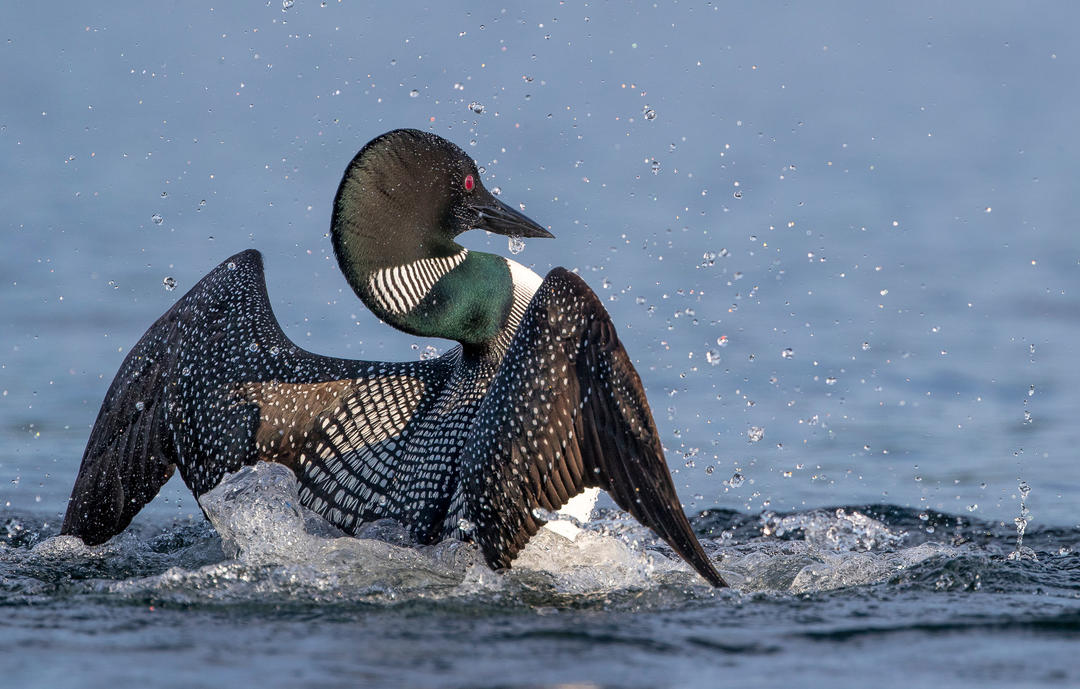This fall the National Audubon Society released Survival by Degrees: 389 Bird Species on the Brink. This latest report provides insights into what a changing climate is likely to mean for bird populations over the course of the century and ultimately, the planet that we share with them. Audubon’s new science shows that two-thirds (389 out of 604) of North American bird species are at risk of extinction from climate change if warming reaches 3°C (5.4°F) above the pre-industrial average. The good news is that the same science shows if we take action now, and hold warming to no more than 1.5°C (2.7°F), we can help improve the chances for 76% of species at risk.
Audubon’s scientists used 140 million bird records from over 70 data sources, including observational data from bird watchers across the country. This bird data was plugged into the same climate models used by more than 800 experts in 80 countries to map where each bird can live in the future under a changing climate and corresponding change in vegetation. Based on the results each bird species was described in terms of its vulnerability – does it stand to lose more suitable habitat than it gains? On top of this vulnerability assessment additional climate related threats were considered, such as heavy rain events and extreme spring heat.

Survival by Degrees describes a dire situation for North American birds if society proceeds with “business as usual”, but what about Vermont’s birds specifically? How will the species Vermonters hold dear to their hearts fare? It’s likely to be a mixed bag. Species for which the Green Mountain state is currently the southern part of their range will be the most vulnerable. Among these are the Common Loon. Imagine paddling a north country lake absent the haunting loud, wailing laugh or mournful yodel of this iconic bird. Under 3°C of warming this lack of experience is all but a certainty for our children and grand-children. Vermont’s state bird, the Hermit Thrush, is facing a similar scenario. To hear their flute-like song would require traveling to northern Quebec and Labrador. Other Vermont species most threatened by a combination of climate change and additional climate-related threats include Dark-eyed Junco, Olive-sided Flycatcher, Veery, Bobolink, Ovenbird, Golden-winged Warbler, American Redstart, Chestnut-sided Warbler, and Black-throated Green Warbler.
At this point it is important to return to the “good news” sentence in this article’s opening paragraph. There is still time to change the narrative if WE ACT NOW! The critical reality is to minimize warming to no more than 1.5°C. We know what we need to do to reduce global warming and we already have many of the tools and solutions we need to do just that. What we need now are more people committed to making sure those solutions are put into practice. Five actions we must take to mitigate climate change are:
- Reduce our use of energy at home and ask elected officials to support energy-saving policies that reduce overall demand for electricity.
- Ask our elected officials to expand consumer-driven clean energy development that grows jobs in our communities.
- Reduce the amount of carbon released into the atmosphere.
- Advocate for natural solutions, such as maintaining healthy, carbon-storing forests.
- Asking elected leaders to be climate and conservation champions.
While we must do everything we can to minimize the amount of warming we must also realize that impacts from a changing climate are already occurring and having impacts on Vermont’s birds and the landscape they share with us. Consider the following climate adaptation actions for helping to make our landscape able to respond to the changes already happening:
- Use native plants that benefit birds and other wildlife around our homes and communities. Audubon’s Plants for Birds is an excellent resource for finding out the best plants for your area and where to purchase them.
- Manage forestland with birds in mind. Research shows that a bird-friendly forest is also a climate resilient forest. Audubon Vermont’s Healthy Forest Initiative provides resources, tools, and services for landowners interested in making their forest great places for birds and part of the natural solutions for climate mitigation.
For generations birds have been our allies in understanding environmental health. From the proverbial canary in the coal mine, to Bald Eagles and Peregrine Falcons alerting us to the dangers of pesticides, birds have much to tell us, if we take the time to listen. Today they are telling us the implications of no-action on the climate crisis. We must listen.
For more information on Survival by Degrees: 389 Bird Species on the Brink and what it tells us about Vermont please visit https://www.audubon.org/climate/survivalbydegrees/state/us/vt









